I recently caught up with the founder and head designer of Siyababa Atelier, Siyabonga Mtshali. In the fancy foyer of his Braamfontein atelier, even the doorman remarked at the maverick’s magnetism. Glamorously clad in an audacious fur, Zulu leopard vest, leather pants and kinky accessories, Mtshali led me up to his top floor space as if he were daring me and I was so here for it. In our raw and rambunctious heart-to-heart, Mtshali talked about his unapologetic queerness, the muses that ignite his fire and the unfiltered vision he’s boldly bringing to life.

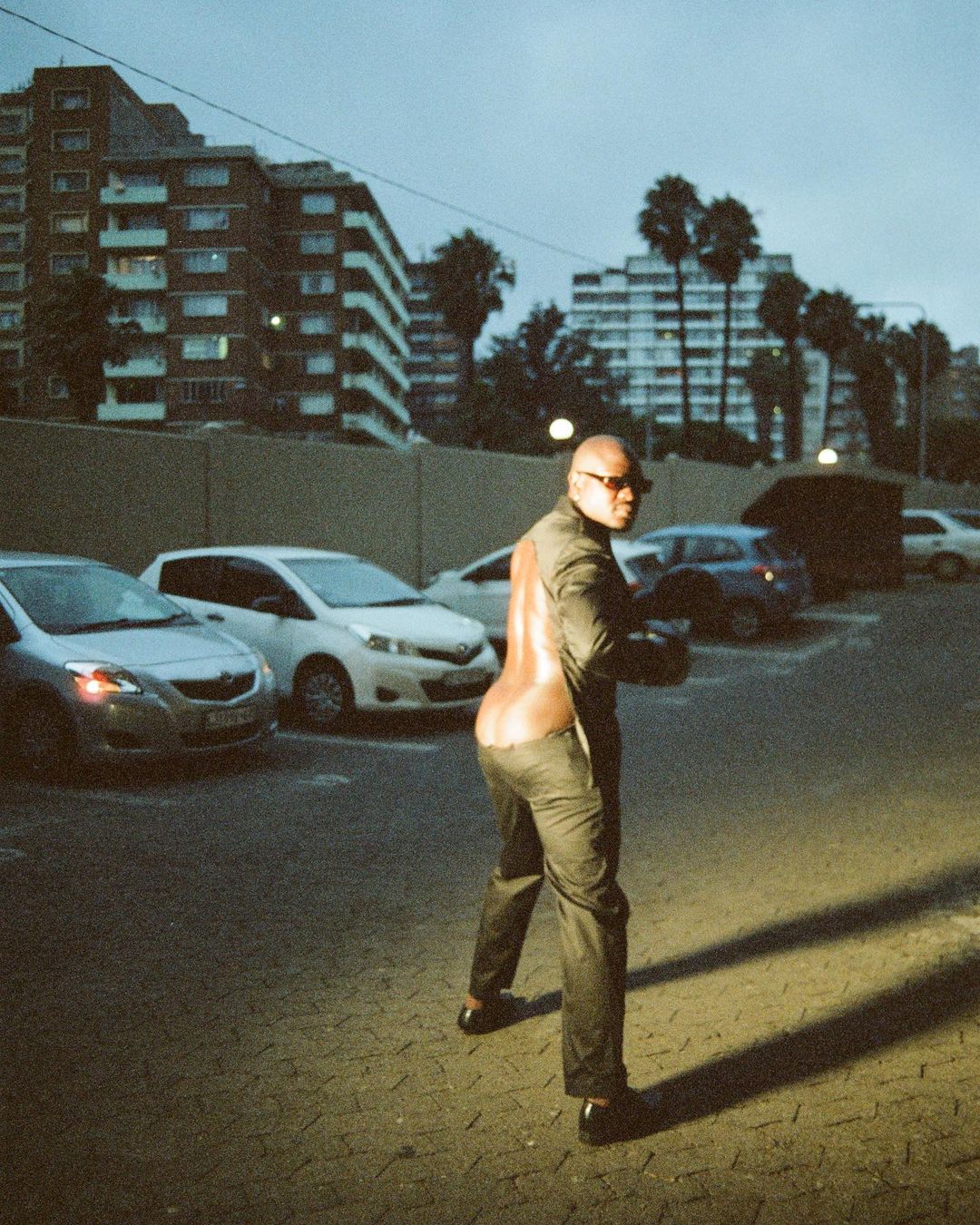
Thembeka Heidi Sincuba: So, let’s just start from the beginning, yeah? Like, what made you like this?
Siyabonga Mtshali: I was born on a Tuesday in eSikhawini Township. As a child, I just loved the arts. I travelled through many disciplines. I went from being in theatre to being a dancer, to being a songwriter—this all happened in primary school. My father was the type of person who believed that if you’re going to do something, you have to go all the way. So, even with theatre, I was going to auditions. When I was writing music, my dad was an actor for recording studios. So, he was just very supportive.
THS: That sounds like an incredibly enriching childhood. How did your passion for fashion come to the forefront?
SM: […] In high school, in grade 9, I developed a love for fashion. My friend and I started a group called The Movement. It was a fashion-based movement. We didn’t know exactly what we were doing; we just decided to pick all the coolest kids in each school of our district and form a squad. We picked the most fashionable people because, obviously, Richards Bay is very conservative. Each of us really stuck out. We were on Tumblr, Instagram, and Twitter, so we were a bit more in the know than the kids around us. We thought, let’s just unite because we obviously have something in common. From there, it became not only a movement but a lifestyle, and then we started making clothes.
THS: How old were you then?
SM: We were 15, hosting pop-ups and everything in person. […] One thing about us, we were smart too. It gave us leverage—hosting parties and celebrities came through. […] We were on the news, with people surprised to see 15-year-olds in the club popping bottles. Our parents couldn’t control us because we were making our own money. We were ungovernable, but still very respectful. We were a family. […] As the creative director, everyone trusted me. By grade 12, I started my own independent brand. I moved from creative direction to styling, thrifting clothes, deconstructing them, and selling them.
I launched my brand called Vulgar. […] I asked my parents to let me attend fashion school, but they didn’t understand, especially my mom. She wanted to be a writer, but it didn’t work out, and she was sceptical about my path, thinking I’d be broke. They really wanted me to study law, but I pretended to apply. […] I knew I’d get in, but I wasn’t falling into that trap. My parents said if I was as talented as I claimed, they’d give me R2,000 to create something and present it to them. That’s how Vulgar started. I made a fashion film, did the music, choreographed it, and made clothes.
THS: So how did you then move from Vulgar to Siyababa?
SM: Funny story! When I got to fashion school, there were four of us in a group and another guy’s nickname was ‘Papi.’ And he was like, “We both can’t be Papi”. I’m like, “Well, I’m giving you three days to give me a new one.” One day, during a fashion class break, he suggested Siyababa, and it kind of like resonated because as I started understanding my fashion style, I started being comfortable with my own queerness because I didn’t have much queer representation, which was big. I didn’t know what queerness looked like up until I came to Johannesburg and saw all the different subcultures and the subcultures within queerness as well. And I just thought Siyababa Atelier was so fitting because it’s […] a brand that adapts to its clients and adapts to the person who is daring. I always attract a clientele that wants to push the boundaries.

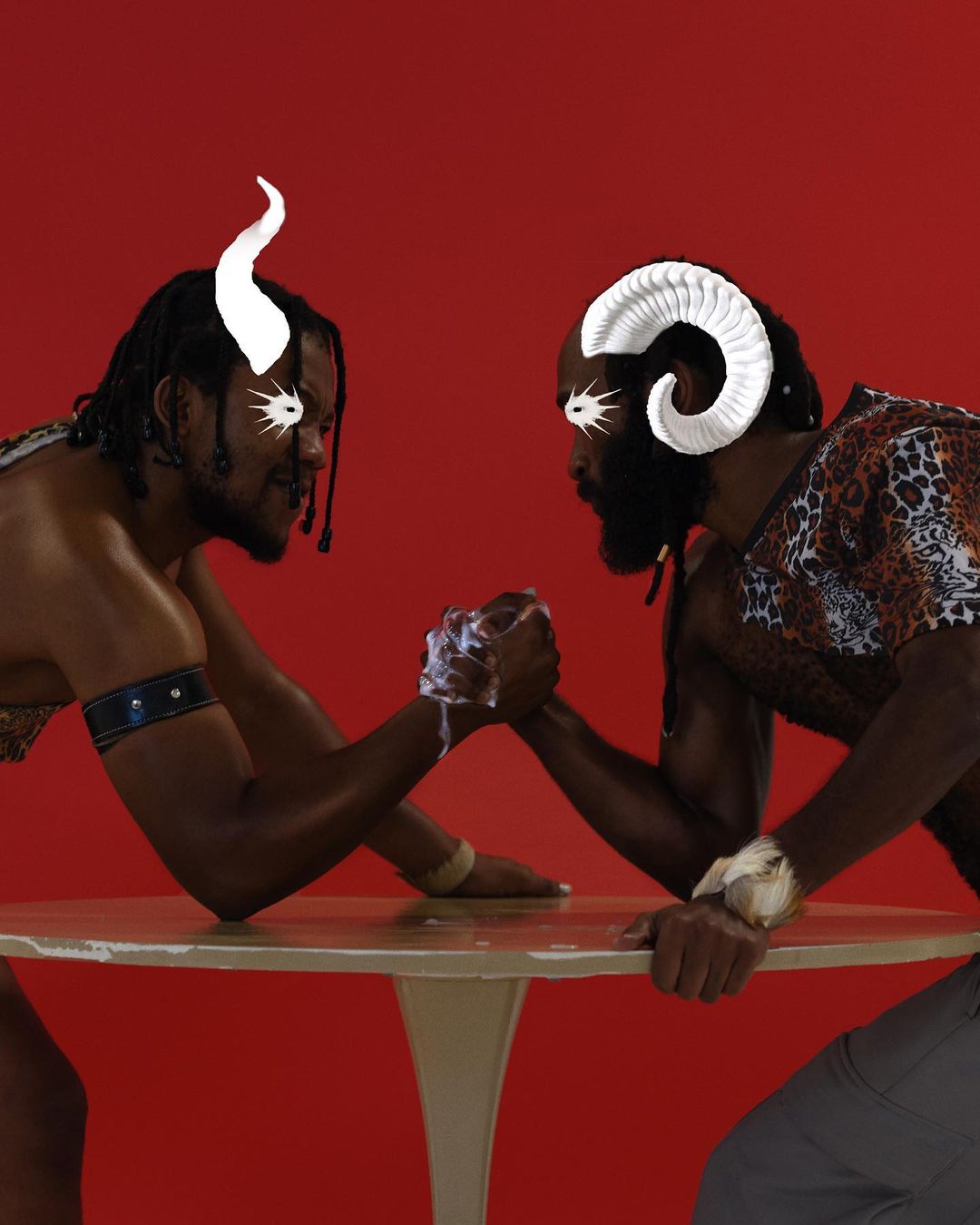
THS: Since then, how have you seen your work evolve?
SM: So obviously I studied fashion, but within the industry, I got exposed to art and performance art to be more specific. I realized that Siyababa Atelier isn’t just a fashion brand. It’s an art movement and a form of activism. I realized that African queer people are often misrepresented in the media. I really wanted African queerness to be represented in a light of luxury and not a light of just being loud, you know?
THS: But this country can be pretty conservative, hey?
SM: Yes! People ask me “How would you post such sexual things?” I’m like, girl, that’s me. That’s my personality.
THS: Collaboration seems to play a significant role in your work. How do these partnerships influence your creative process?
SM: I’m always a person who wants to explore knowledge and I found collaborations always taught me a new skill. I would walk away from collaboration and find a new element in my brand and it would be hugely beneficial.
THS: I read somewhere that COVID-19 was a turning point for you.
SM: I felt that COVID stripped a lot of things from young artists who started being very dependent on big brands. COVID hit me when people started really recognizing the brand. COVID hit and closed those doors. It felt like starting over. […] And it really depressed me. I felt like I was straying away from my core. Cause I feel like a lot of my creativity is guided by my ancestors. So I guess they were hungry also. It wasn’t only me, I just felt like my life was turning upside down. […] I became a skinny legend. Everyone was like, “Siya, you lost weight.” I’m like, “My fabric, my fabric.” But at that time, luckily I was surrounded by very beautiful people.
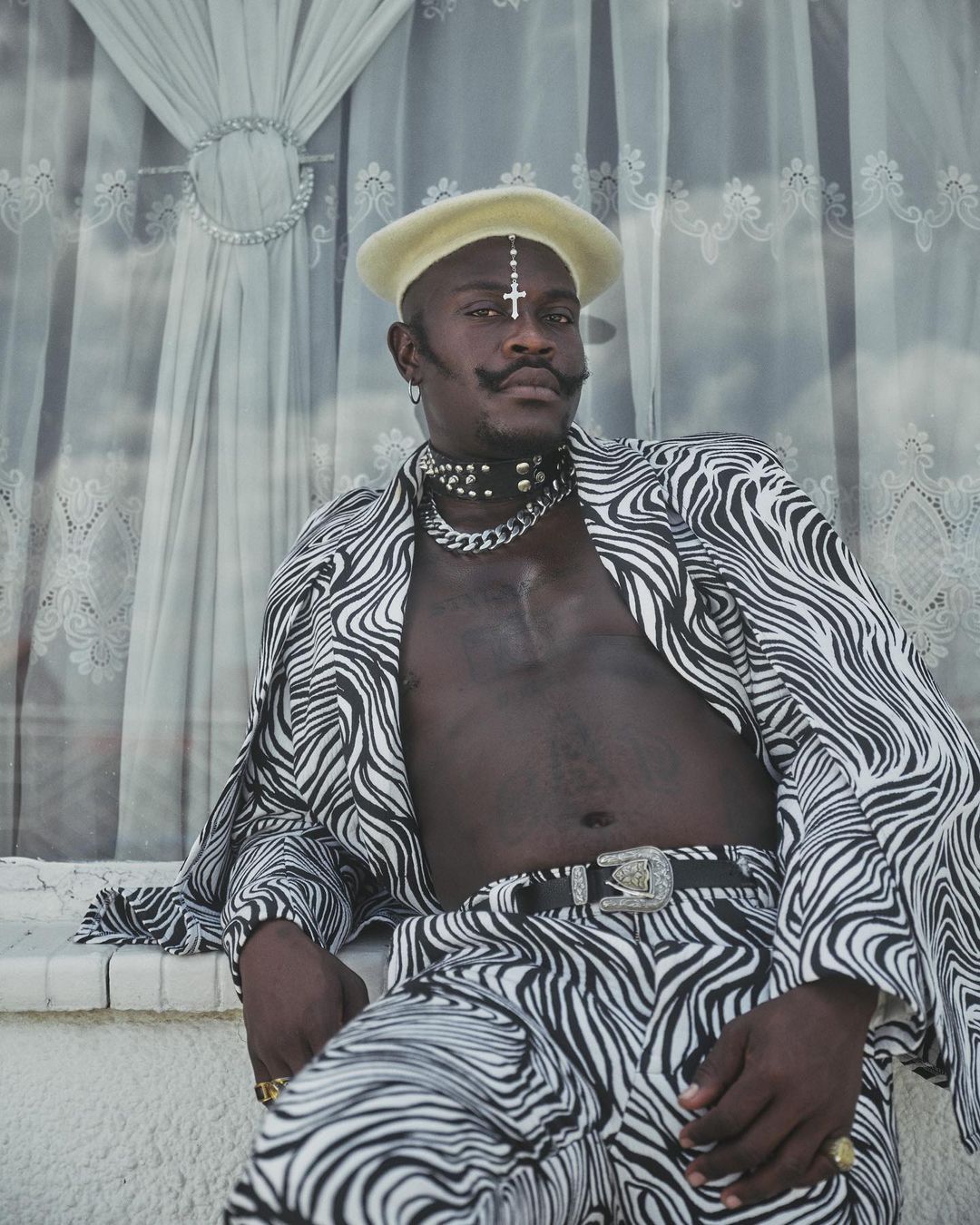
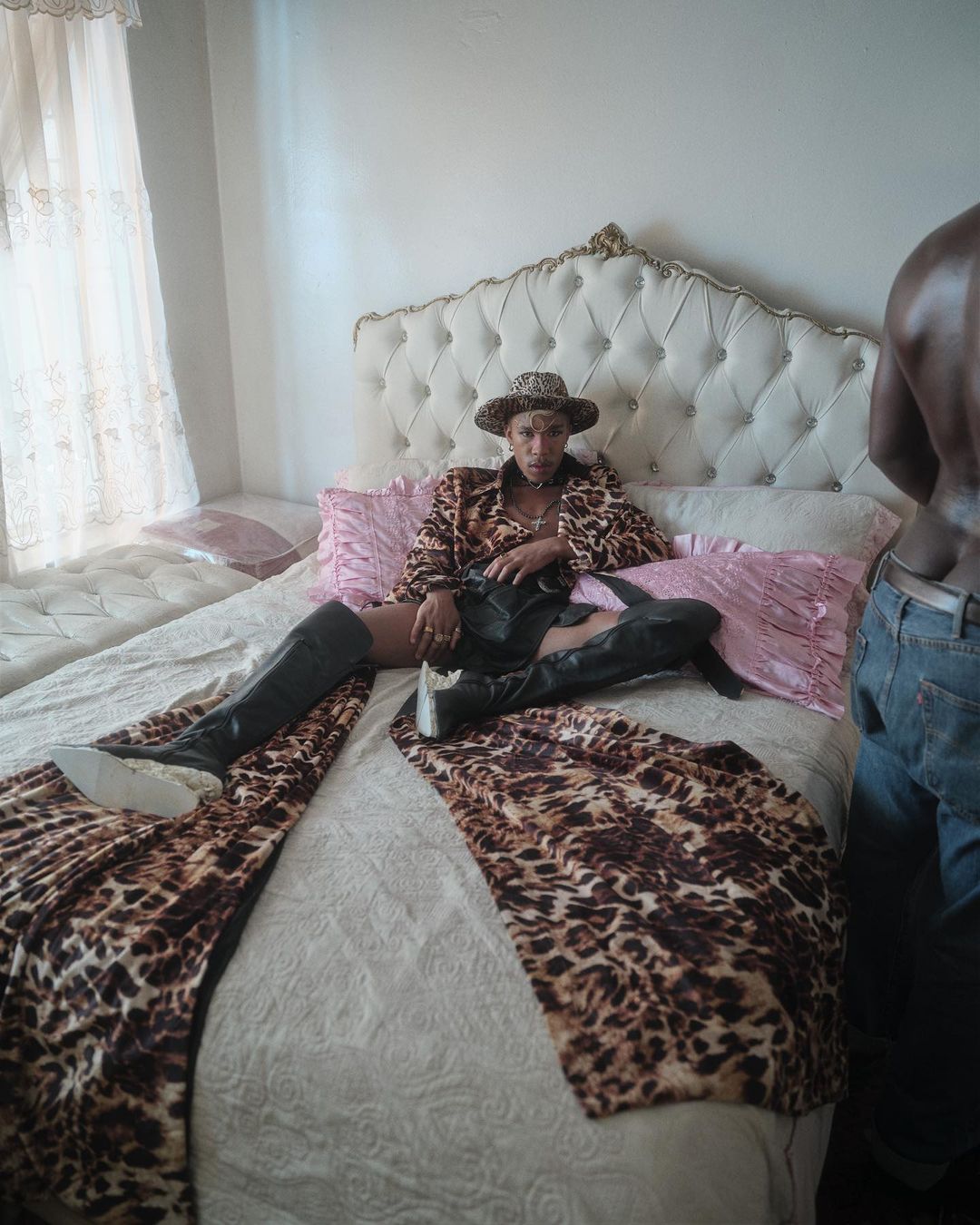
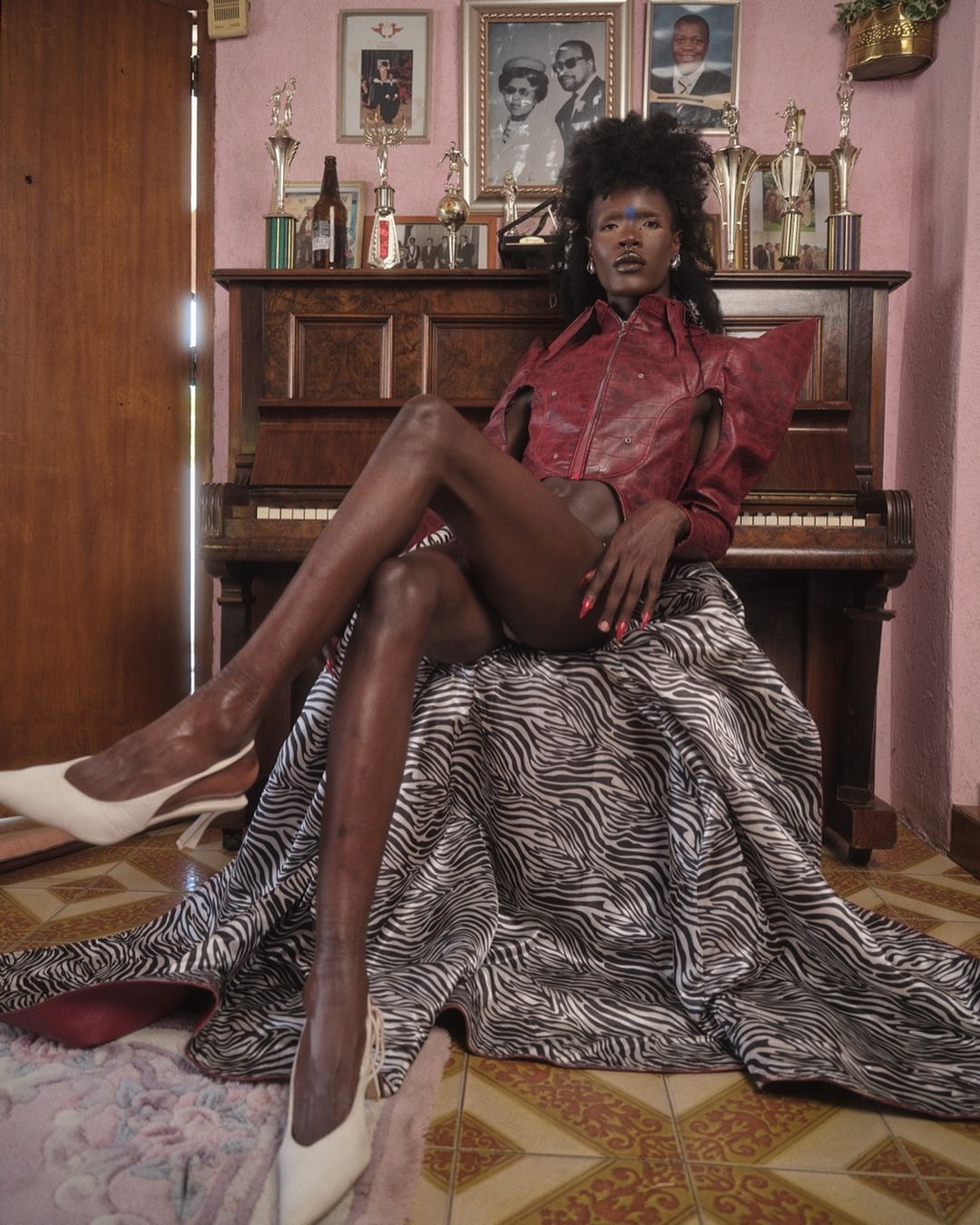
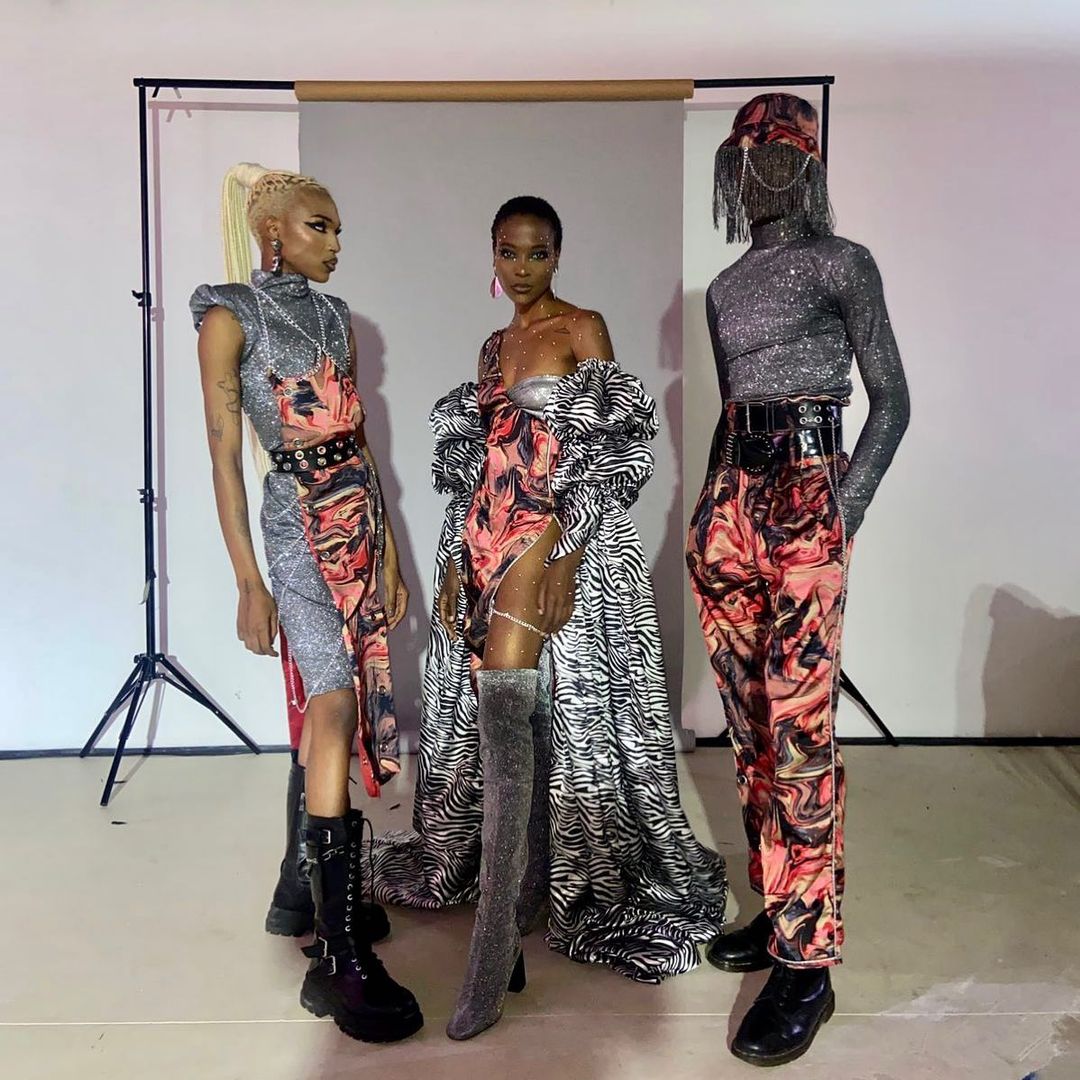
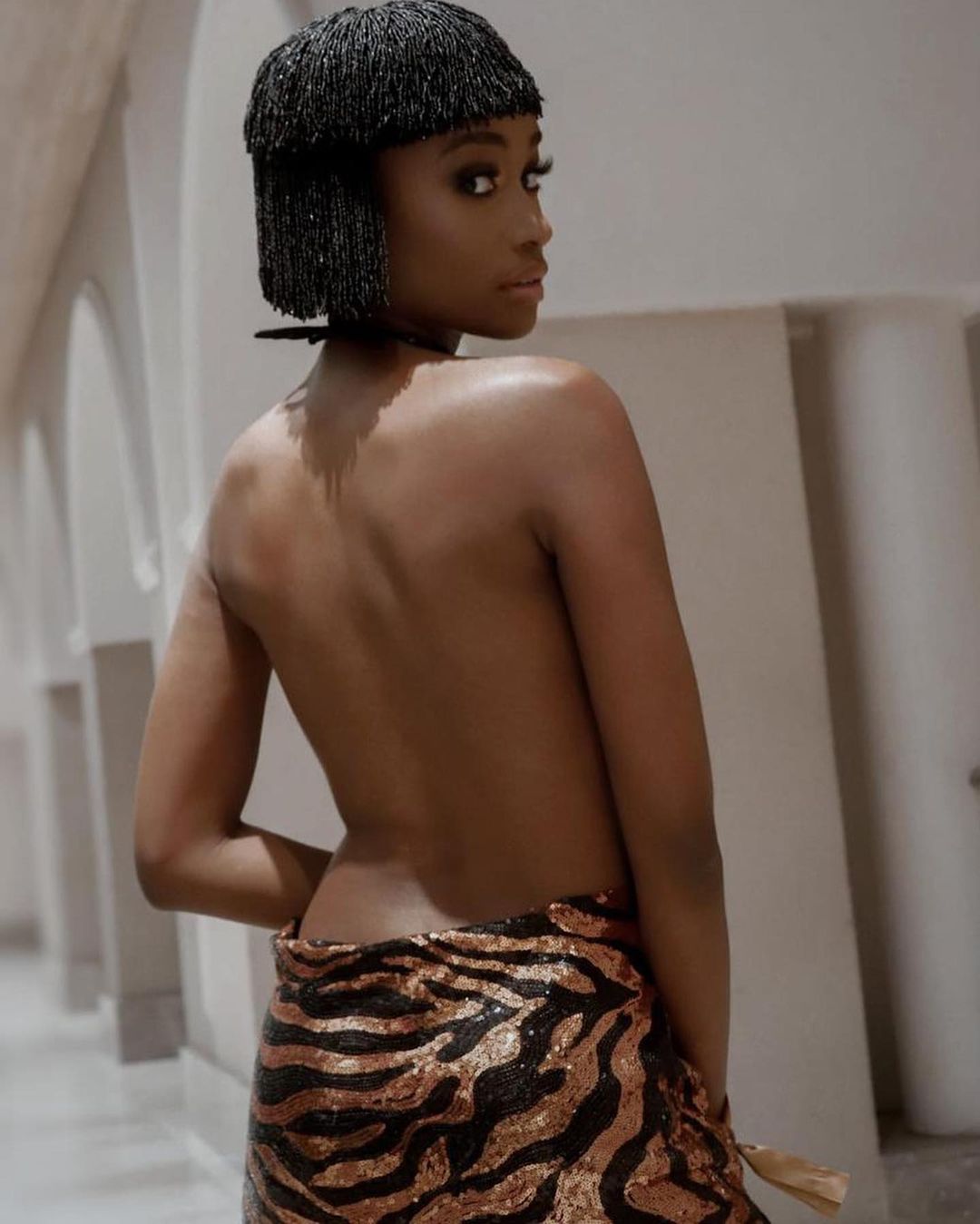
THS: It seems like you always are.
SM: In Johannesburg, everyone is away from home, and my brand thrives on a sense of community. From models to photographers, to even the financing—we support each other like family. I think the only way to be resilient is not to stand alone. There’s a lot of pillars that need to be around you because one day you are going to be an 80, the other day you’re gonna be a 20, and the people around you are going to be the 80 for you.
THS: That’s incredibly inspiring. Any closing thoughts for young creatives looking up to you?
SM: Come together. Community is everything. Competing against each other doesn’t help. In our young designers’ group chat, we support each other by sharing resources and advice. There’s enough space for all of us. Build a community rather than a battlefield.
THS: What upcoming projects should we be excited about with Siyababa Atelier?
SM: We’re working on expanding into performance art and multidisciplinary expressions. Think of it as merging fashion with unique art forms. In November, we’re planning a special exhibition that will blend fashion with live performance art, presenting African queerness in a revolutionary way.
This country has no shortage of young creatives and often one feels spoiled for choice, but ever so often it’s blindingly clear that some are just a cut above the rest. Mtshali has Joburg in a chokehold, making relentless waves with the iconic Siyababa Atelier—a brand that is a fierce embodiment of the sickening talent so abundant in this city. As Siyababa Atelier continues to redefine fashion, art, and queerness, we are overcome by this sense of abundance and can’t wait to see what this tenacious trailblazer does next!



















































